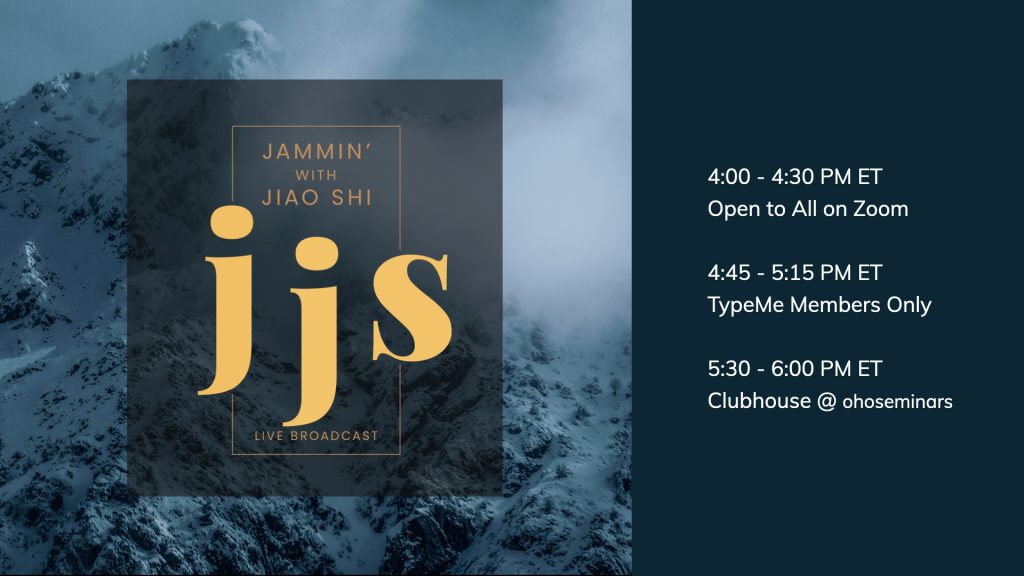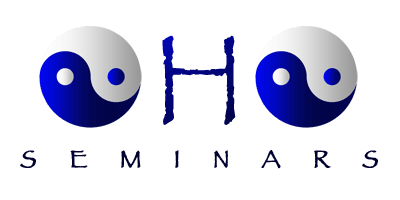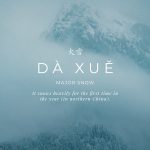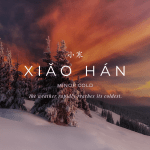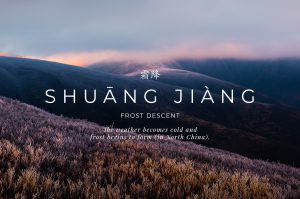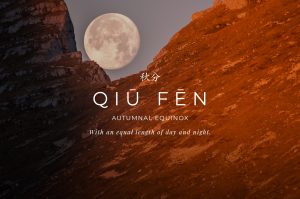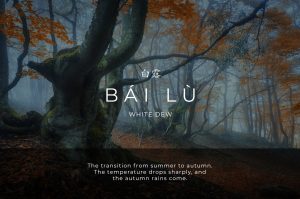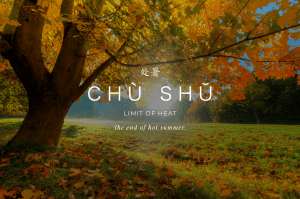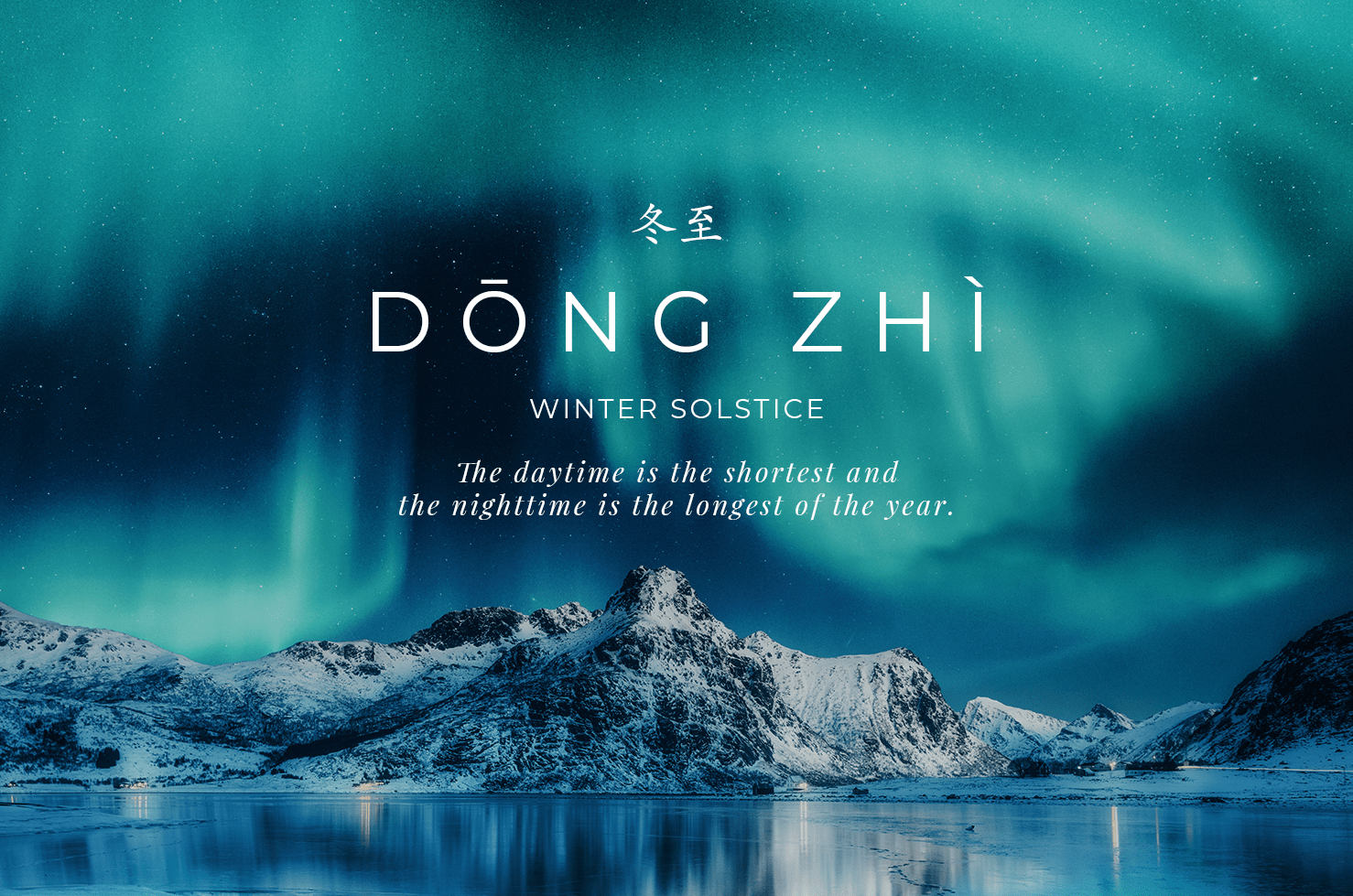
冬至 Dōng Zhì: The Ancient Chinese Winter Solstice
Archaeological research has revealed that the Ancient Chinese have been observing the movements of the sun, the moon and the stars for more than 4,000 years. These observations determined and distinguished changes in seasons, climate and other important aspects of both our human and the planetary existence.
December 21st through January 4th marks the time of 冬至 Dong Zhi , or the Winter Solstice, the 22nd term in the Ancient Chinese solar calendar.
冬至 Dong Zhi is a major seasonal event in China and has been celebrated with the 冬节 Winter Festival for over 2,000 years. During the Song Dynasty (960 – 1279) 冬至 Dōng Zhì was made an official three day holiday. It is traditional during the Winter Solstice festival to eat tangyuan in southern China to symbolize family and prosperity. In Northern China, the traditional food is 饺子 jiǎozi, created by the famous doctor Zhang Zhongjing in the Han Dynasty.
“Dong Zhi is as great as Chinese Lunar New Year
– Old Chinese Saying
Let’s look at the direct translation of 冬至 Dong Zhi:
冬 (dōng) means winter
“至 (zhì) consists of “极 (jí)” and “最 (zuì)” characters, and is translated as “extreme”
During this time it is believed that:
- 蚯蚓結, ‘Earthworms form knots’, referring to the hibernation of earthworms.
- 麋角解, ‘Deer shed their antlers’
- 水泉動, ‘Spring water moves’
Song of Nine & Nine 九九歌
According to the Chinese Lunar Calendar, the winter season consists of 81 days, starting on the winter solstice and ending in the beginning of the spring season. Those 81 days are further divided into nine sections, each corresponding to a particular condition. The 九九歌 Song of Nine & Nine depicts that in a simple and beautiful way
“During the First Nine and the Second, I keep my hands covered.
In the Third Nine and the Forth Nine, I walk on the frozen river bed.
When it’s the Fifth Nine and the Sixth, I see the willows along the shores sprout new buds.
When the Seventh comes, the river thaws.
And the Eighth, the wild goose arrives.
Eventually, the Ninth of Nine descends, farm cattle are everywhere tilling the fields.”
冬至 Dōng Zhì: Winter Indications
The Winter Solstice marks the shortest day and the longest night of the year in the Northern Hemisphere. Yin energy is at its peak. Although this is the darkest day of the year, it also marks the return of Yang energy. The Yin will continue to dominate throughout the winter season; however, the Yang will slowly but steadily grow in its presence. The blending of the Yin and the Yang indicates future rebirth.
On the day of the Winter Solstice the sun reaches the celestial longitude of 270°.
Winter solstice and the remaining days of winter continue an important phase of stillness. Consequently, diving within yourself and embracing introspection is recommended. Focusing on replenishment and conservation of energy in preparation for the next season of spring is imperative.
“This is the way of nourishing life in response to the energy of winter. To act to the contrary will cause injuries to the kidneys and one will suffer weakened limbs in spring, because he is bound to be short of energy to cope with the spring.”
~黃帝內經Huangdi Neijing Su Wen
Expend Less, Store More
Remember, expend less and store more energy.
The entire winter season corresponds with the Water element and is associated with the kidneys, the bladder and adrenal glands.
“Nothing under heaven is softer or weaker than water; yet nothing can compare with it in attacking the hard and strong.”
-老子 Lao Tzu, 道德經 Dàodé Jīng
The 黃帝內經 Huangdi Neijing Su Wen, translated as Yellow Emperor’s Inner Classic, connects the natural progression of human life (growth, development, reproduction and aging) and changes in bone conditions, to be controlled by Kidney Essence.
The following tips will assist you with maintaining your well-being during winter months and preparing for spring:
- Expose your body to the right type of sunlight at the appropriate time of day for just 10-15 minutes a day. (see our article on Your Body’s Dance with the Sun)
- Spend 10-15 minutes per day outside absorbing fresh oxygen.
- Drink Water!
- Daoyin and the Way of Softness & Harmonizing Your Training – Such breathing methods require a minimal amount of movement to achieve maximum results leading to internal peace and a calm emotional state.
- Use sleep to repair, rejuvenate and restore. “It is desirable to sleep early and get up late, to await the arrival of sunlight.”~ 黃帝內經Huangdi Neijing Su Wen
柳宗元 江雪 River Snow by 柳宗元 Liǔ Zōngyuán
A Famous Poem from the Tang Dynasty on winter:
柳宗元 江雪 River Snow
by 柳宗元 Liǔ Zōngyuán
千山鳥飛絕
萬徑人蹤滅
孤舟簑笠翁
獨釣寒江雪
In a thousand mountains, the flight of birds is not seen;
on ten thousand paths, human footprints have vanished.
On a lonely boat, in straw cloak and bamboo hat, an old man,
fishing alone, in the cold river snow.
Yíngyǎng (营养) Nutritional Corner – Ancient Chinese Winter
It is recommended in Traditional Chinese Medicine to eat warming foods and cooked foods during the Winter months. Therefore, avoid raw and cold foods as well as foods and spices that generate extensive heat.
ALL Body Types may try fruits such as Chia, Flax, Hemp, and Sesame Seeds.
If you are a Yang Body Type, consider adding more of the following fruits to your diet:
- Almonds
- Brazil Nuts
- Cacao
- Cashews
- Chestnuts
- Pecans
- Macadamia Nut
- Pili Nut
- Pine Nuts
- Pistacios
- Sunflower Seeds
- Walnuts
If you are a Yin Body Type, consider adding more of the following fruits to your diet:
- Hazelnuts
- Peanuts
- Pumpkin Seeds
- Soy Nuts
- Squash Seeds
- Tiger Nuts
- Watermelon Seeds
Enjoy your holiday season from Jiao Shi and the OHO Seminars Team!
Don’t forget to check out the newest videos on our YouTube Channel!
